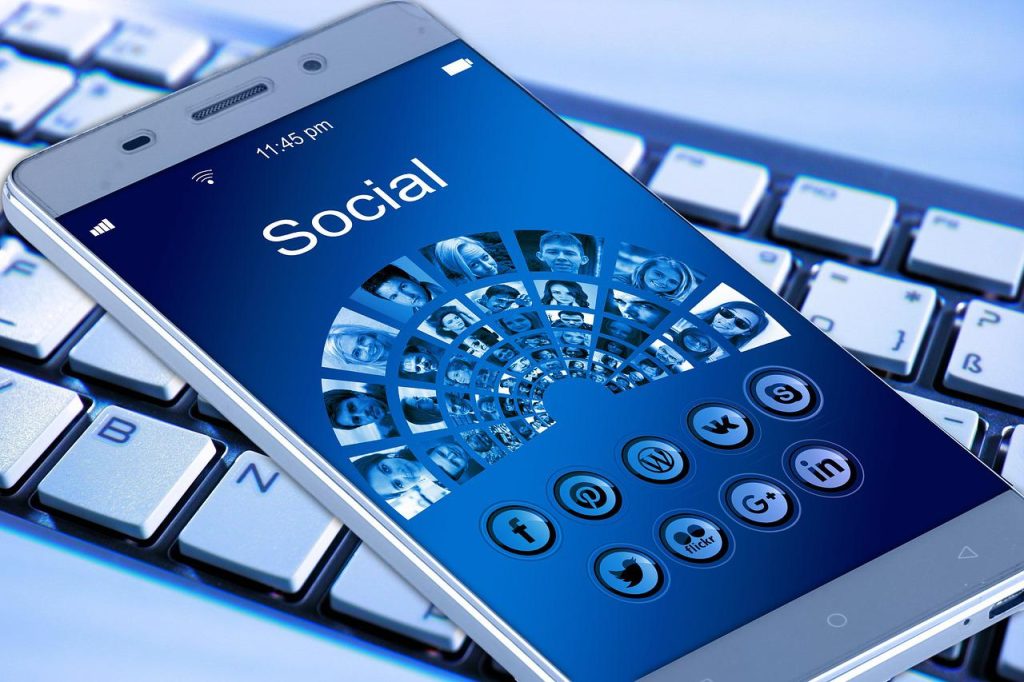
Image Credit: Pixabay
By Saul Roth
With the rise of social media, people now form their opinions about crime from what they see and read on these platforms. In a world where we are all connected through our phones or computers – whether at home with family during dinner time; sitting next to one another inside an classroom while studying for tests; checking emails after work under deadlines looming over us – t’s not surprising that many criminals take advantage.
Social Media offers opportunities both good, such as solving cases, and bad, with things like vigilantism or revenge tactics. This is due partly because people feel anonymous online, making them more likely than ever before to lash out at people online, having little fear of being discovered.
For the past few years, social media has been an invaluable tool for police officers in their quest to keep us safe. When crisis or emergencies arise, people can quickly communicate with each other through Facebook and Twitter, allowing gatherings of support around specific events as they happen live from their phones. Not only does this help during times when things get tough but also helps local communities work better by being able share information on anything happening.
The use of social media in the commission and prosecution of crimes is becoming more prevalent.
Social media is a double-edged sword for law enforcement officials, who have found that it can be used as both an opportunity to solve crimes and build public trust. But criminals also find new ways of interacting with victims through social platforms like Facebook or Twitter which may influence future behavior in harmful ways.
How can we hope to understand social media if we don’t take the time and effort in understanding its implications for society? There are many benefits of using these platforms, but they also come with some negative effects.
To make sure that crime doesn’t increase as technology develops – or at least decrease it enough so everyone’s safe, law enforcement needs more knowledge on how this new form of communication affects their work.

Recent Comments